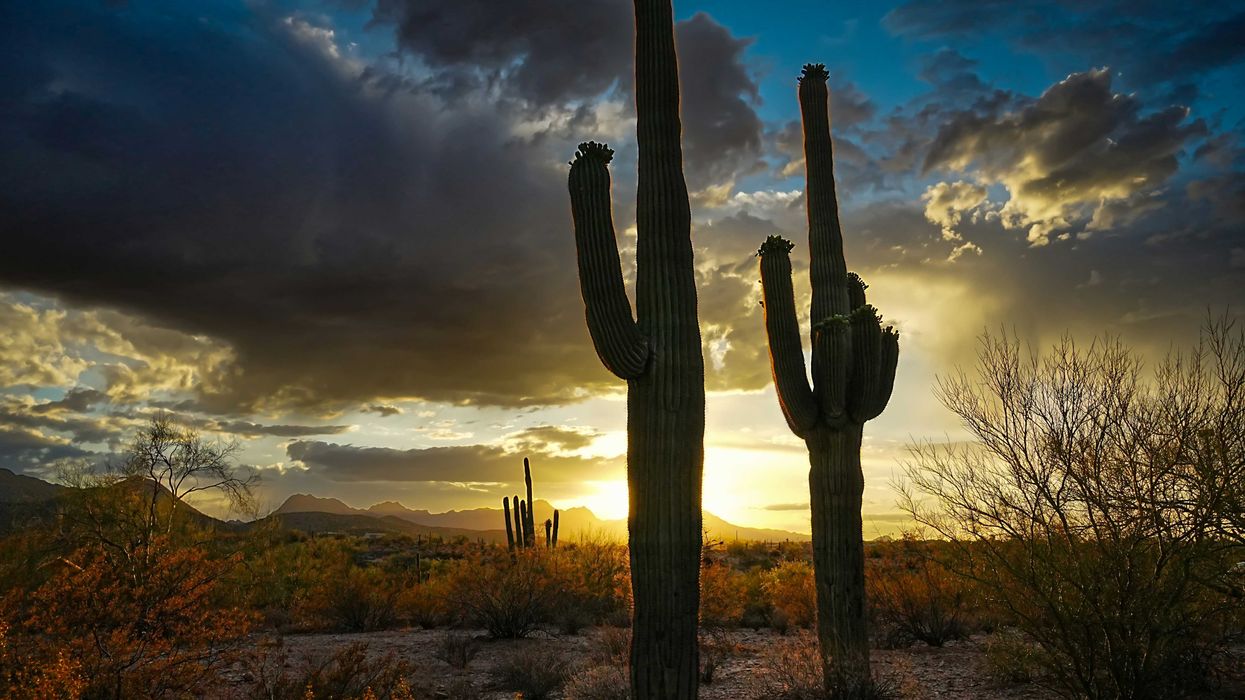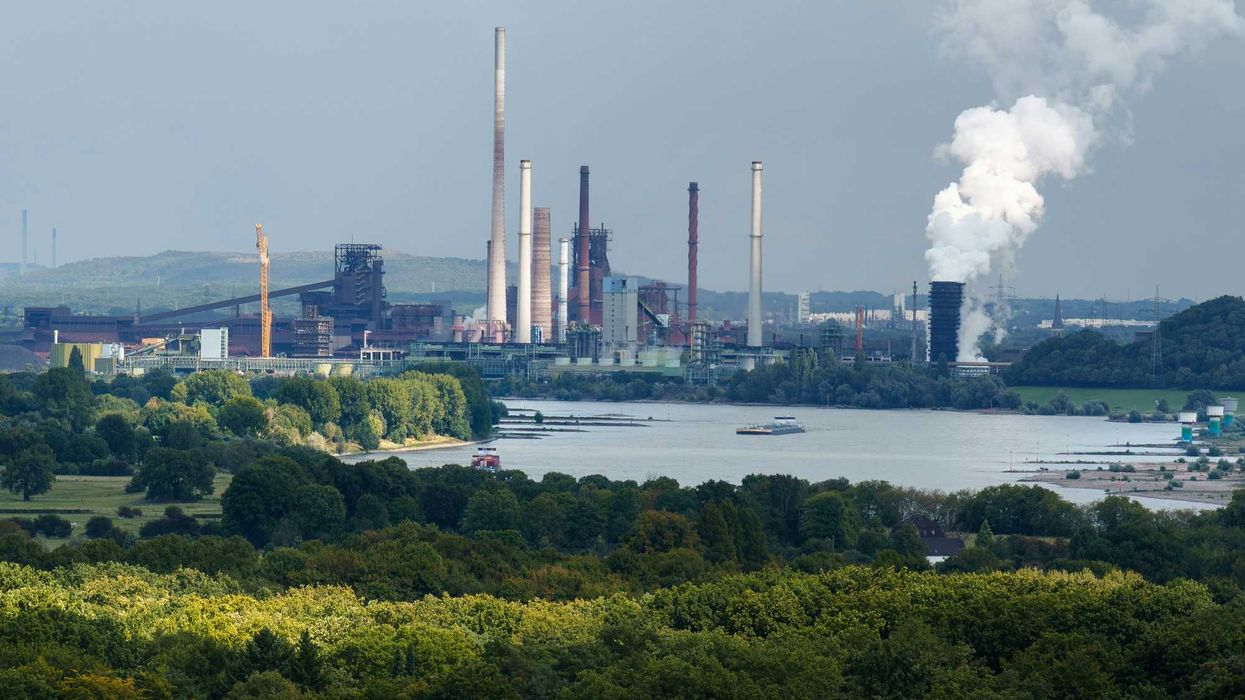Nearly half of National Weather Service field offices are critically understaffed as spring storm season intensifies, raising concerns about missed or delayed warnings.
Seth Borenstein reports for The Associated Press.
In short:
- As of March, 55 out of 122 National Weather Service offices had vacancy rates of 20% or more, with eight exceeding 35%. Staffing shortfalls have worsened since Trump-era budget cuts.
- Offices in high-risk areas, including Arkansas, Houston, and South Dakota, are operating without key leadership or technical staff, forcing meteorologists to choose between issuing urgent warnings or collecting storm data.
- Severe weather has already caused fatalities and widespread damage, yet understaffed offices struggle to keep up with storm monitoring, balloon launches, and radar maintenance, increasing the chance of missed warnings.
Key quote:
“It’s a crisis situation. I am deeply concerned that we will inevitably lose lives as a result of the added risk due to this short-staffing.”
— Brad Colman, past president of the American Meteorological Society
Why this matters:
As climate change fuels a rise in extreme weather events — from atmospheric rivers and flash floods to lethal heat domes — the demand for precise, timely warnings has never been more urgent. Yet nearly half of NWS field offices are grappling with critical staffing shortages, some operating without both their lead meteorologist and their designated warning coordination meteorologist. These aren’t just bureaucratic vacancies; they are frontline positions tasked with interpreting fast-changing storm data and issuing alerts that can mean the difference between life and death.
Read more: Global backlash after mass terminations at NOAA and National Weather Service














